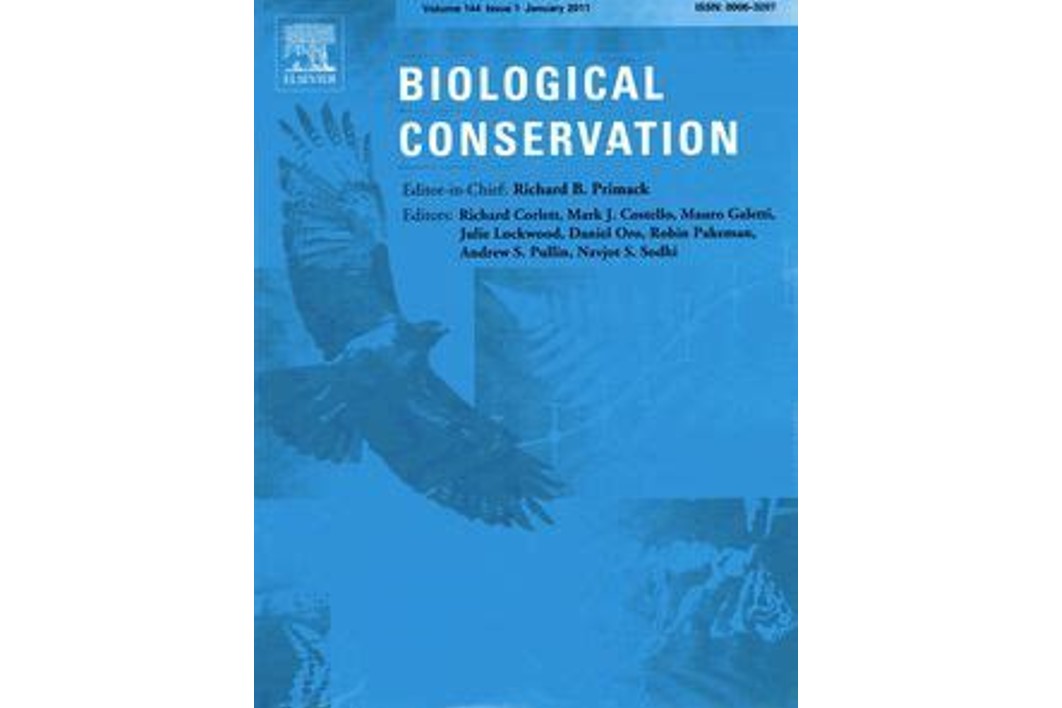Published in:Â Biological Conservation
Date published:Â May 2016
Authors: Stefano Canessa1,2, Gurutzeta Guillera-Arroita2, José J. Lahoz-Monfort2, Darren M. Southwell2, Doug P. Armstrong3, Iadine Chadès4, Robert C. Lacy5, Sarah J. Converse6
- Institute of Zoology, Zoological Society of London, Regents Park, London, United Kingdom
- School of BioSciences, University of Melbourne, Victoria, Australia
- Institute of Natural Resources, Massey University, Palmerston North, New Zealand
- CSIRO, Brisbane, Queensland, Australia
- Chicago Zoological Society, Brookfield, IL, USA
- S. Geological Survey, Patuxent Wildlife Research Center, Laurel, MD, USA
Abstract
Conservation of endangered species increasingly envisages complex strategies that integrate captive and wild management actions. Management decisions in this context must be made in the face of uncertainty, often with limited capacity to collect information. Adaptive management (AM) combines management and monitoring, with the aim of updating knowledge and improving decision-making over time. We provide a guide for managers who may realize the potential of AM, but are unsure where to start. The urgent need for iterative management decisions, the existence of uncertainty, and the opportunity for learning offered by often highly-controlled captive environments create favorable conditions for AM. However, experiments and monitoring may be complicated by small sample sizes, and the ability to control the system, including stochasticity and observability, may be limited toward the wild end of the spectrum. We illustrate the key steps to implementing AM in threatened species management using four case studies, including the management of captive programs for cheetah (Acinonyx jubatus) and whooping cranes (Grus americana), of a translocation protocol for Arizona cliffroses Purshia subintegra and of ongoing supplementary feeding of reintroduced hihi (Notiomystis cincta) populations. For each case study, we explain (1) how to clarify whether the decision can be improved by learning (i.e. it is iterative and complicated by uncertainty) and what the management objectives are; (2) how to articulate uncertainty via alternative, testable hypotheses such as competing models or parameter distributions; (3) how to formally define how additional information can be collected and incorporated in future management decisions.
Paper details available here:Â http://www.sciencedirect.com/science/article/pii/S000632071630163X
